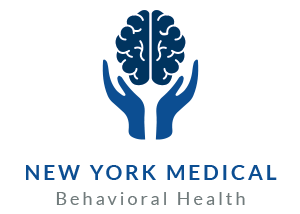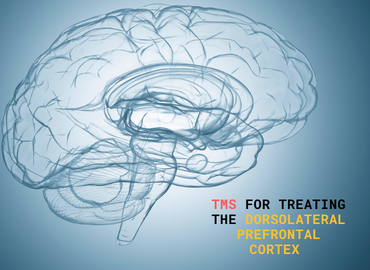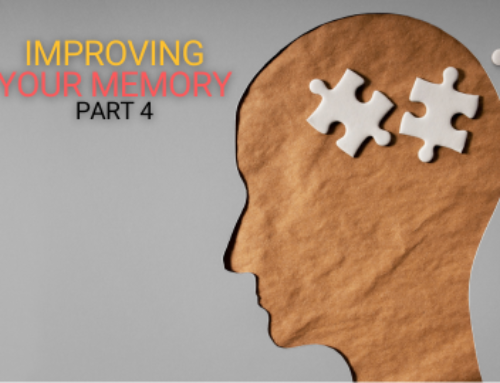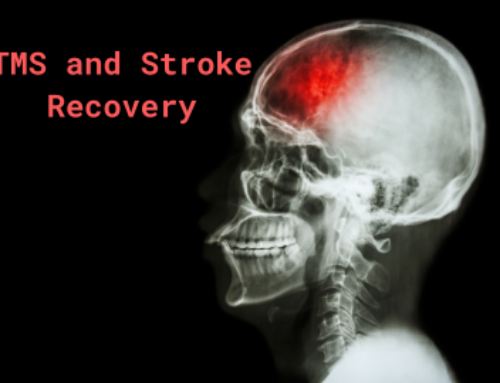TMS for Treating the Dorsolateral Prefrontal Cortex
We often get questions about the biological ways TMS works and how it affects the body along with mood and sensory processing. After all, the brain is just another organ in the body, although an incredibly complex one that we still need decades of study to begin to understand.
About the Dorsolateral Prefrontal Cortex
During the TMS treatment, the electromagnetic coil is run over the scalp, mostly in the front. This is done to target the portions of the brain that reside in that area. Why is that? Each portion of the brain is both like and unlike the rest, meaning that each has to cooperate with the rest and accomplish some of the same tasks, and also take care of specific tasks in their own unique way.
One of the places in the brain where TMS pulses are concentrated is in the prefrontal cortex, especially the dorsolateral prefrontal cortex, or DLPFC. Even more specifically, the left side of the DLPFC. To know why, we have to know what that area of the brain does.
Functions of the Dorsolateral Prefrontal Cortex
The DLPFC is constantly communicating with parts of the brain that release and direct neurotransmitters like adrenaline and serotonin. These are chemical messengers that regulate functions from focus to libido to excitability. TMS gives that processing a boost through electromagnetic stimulus.
The DLPFC is further influential in one’s decision-making. It is involved in sensory processing, influencing how the individual feels about those stimuli, and helps the individual decide what to do next, often within a second.
Motor skills are another area where the DLPFC has a role. As the brain decides what to do, the DLPFC tells the body how to move, e.g., jumping back from an oncoming vehicle, reaching out to embrace a friend, or catching a ball.
Working memory is partially governed by the DLPFC. Working memory is how the brain recalls details that we use in our everyday thoughts and actions. Multiple pieces of information must be present at the same time for decision-making. This is particularly important when learning a new skill, like remembering how to place one’s fingers on the strings of a guitar with one hand, handle the pick with another, and hold the instrument. Working memory also affects multitasking, like how an accountant can use the number pad with one hand and a pen with the other.
Keeping Mental Health Front of Mind
When someone has depression, it is typically comorbid with decreased brain activity. When transcranial magnetic stimulation (TMS) is used to treat depression, the dorsolateral prefrontal cortex receives mild electromagnetic pulses that stimulate activity and encourage cooperation between the different areas of the brain. We concentrate on the fore part of the brain to cover the areas that most govern mood and thought processing. Ask us more about how TMS works on the human brain by contacting us on our website or by calling (585) 442-6960.





